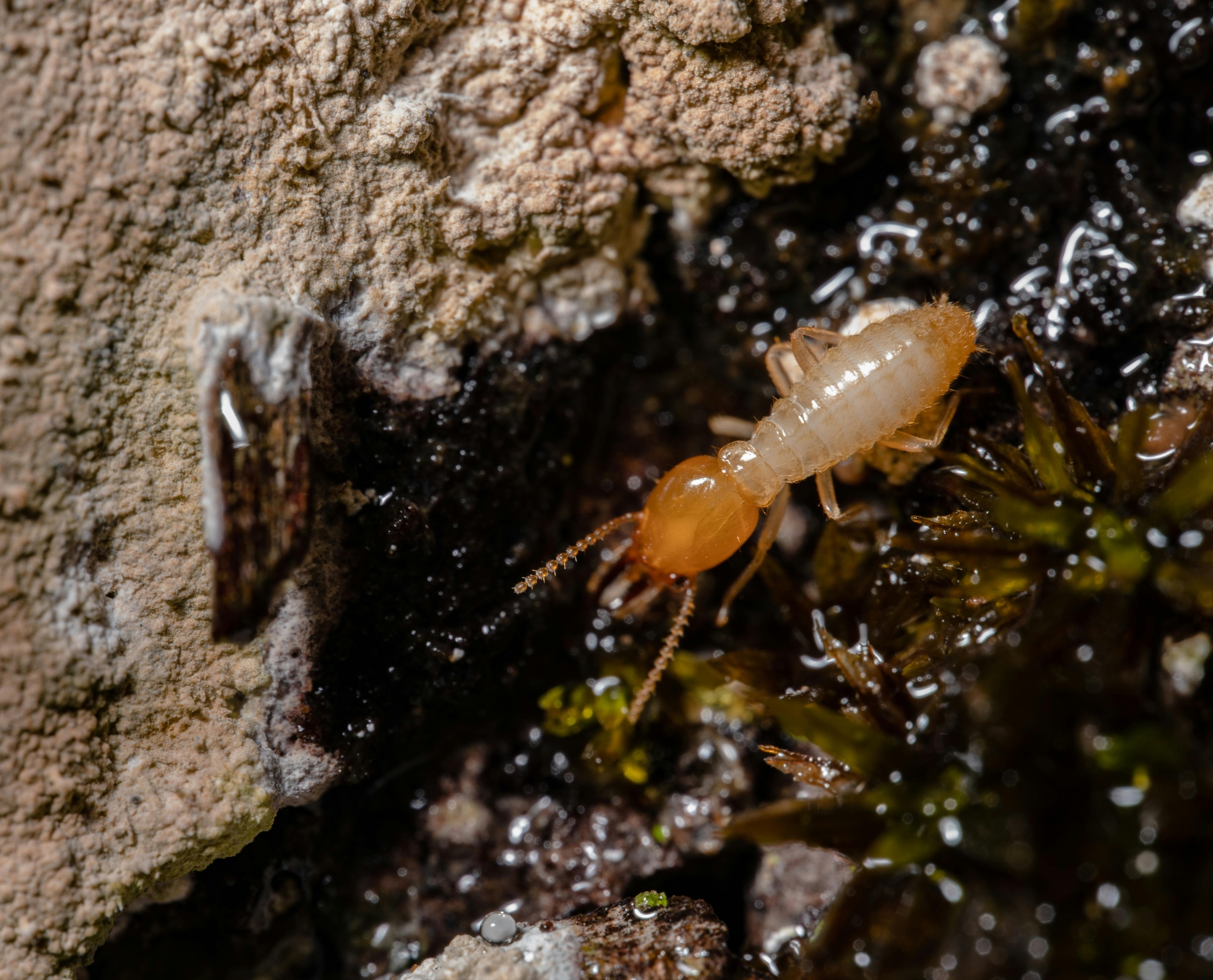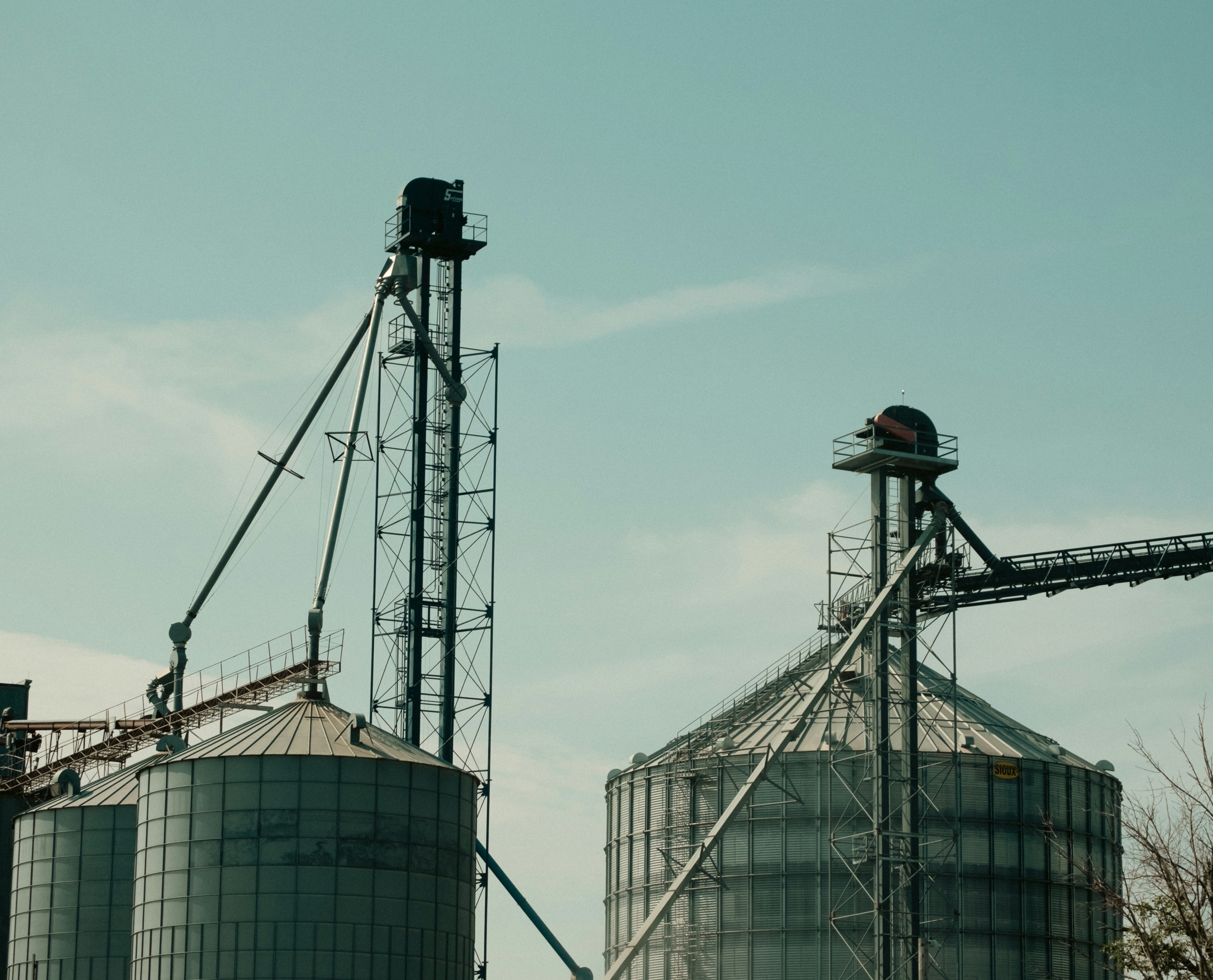Dry rot fungus: How to treat infested wood?

Dry rot fungus is one of the most feared fungi and for good reason, it’s devastating effect on the wood alters the mechanical properties of the infested structures. To combat its occurrence, preventive actions must be put in place. In cases where the Dry rot fungus is already present, professional treatments must quickly be considered to neutralize its progression.
What is the dry rot fungus?
The dry rot fungus (serpula lacrymans – from its Latin name) belongs to the lignivorous mushroom family, that is, it feeds on wood. It develops under certain conditions that must be met to promote its spread. Dry rot fungus grows in humid and poorly ventilated places such as cellars, basements, attics and attics.
Factors conducive to the propagation of the dry rot fungus
The specific factors that promote the growth and spread of the dry rot fungus in constructions are:
- The presence of wood. Fond of lignin, Dry rot fungus devours the wood used: Framework, paneling, pallets etc. It has a particular appetite for softwood.
- Humidity. Dry rot fungus needs a moisture content of more than 20% to develop.
- Temperature. The ambient temperature should be moderate, between 20°C and 26°C.
- A dimly lit confined and poorly ventilated room. These characteristics are favorable to the presence of moisture. Dry rot fungus needs it to develop, which is why these conditions favor its appearance.
This lignivorous fungus has the particularity of being able to “sleep” for long periods. Thus, when the source of moisture is neutralized, it does not mean that the Dry rot fungus will disappear. It will stop its growth and then resume it when the humidity level is again conducive to its development.
How does the dry rot fungus develop and its detection?
Once the infestation starts, Dry rot fungus progresses and expands thanks to its spores that germinate into filaments, they are called “mycelial hyphae”. These filaments will allow the Dry rot fungus to transport water and absorb the nutrients necessary for its proper development. The latter are also well recognizable and must alert when their presence is detected. In addition to the mycelium (whose aesthetic resembles cotton), the carpophore of the Dry rot fungus is easily identifiable. It appears on wood as a spongy mass whose color can vary from brown to orange.
Diagnosis of dry rot fungus
When the presence of dry rot fungus is suspected, it is essential to involve a professional. The Dry rot fungus must be quickly neutralized, it causes irreversible damage to the wood which becomes brittle and cracks. If its development is not quickly controlled, it can cause significant structural degradation that can even go as far as the collapse of the infested structure. The intervention of a professional will identify precisely the extent of the infestation, he will choose the appropriate treatment to prevent its recurrence.
Dry rot fungus treatment
Groupe Berkem formulates solutions for professionals in the Hygiene & Protection sectors. As an industrial plant chemistry company, the Group’s R&D department has developed an innovative dry rot fungus treatment product that combines performance and innovation.
Xilix® 2000, fungicidal product
XILIX® 2000 is an effective fungicide against fungi of the basidiomycete’s family, of which the dry rot fungus is a part. This product can be applied in preventive treatment and/or curative treatment.
XILIX® 2000, the innovative dry rot fungus product
SYNERKEM® technology, developed by Groupe Berkem, it is based on polyphenolic extracts, significantly reduces the content of biocidal active substances. XILIX® 2000 has been formulated with this technology, it can deactivate the defense substances (mycotoxins) of the fungus.
When detected, it is crucial to apply an appropriate professional dry rot fungus treatment to eliminate the fungus and restore damaged wood.
All our news
All our news



